The 44 Percent: a solution for displacement, Nipsey Hussle and Capitol Riots study
- Oops!Something went wrong.Please try again later.
Welcome to April. Summer’s just around the corner. Biden wants everybody vaccinated by the 19th. Outside is calling your name. I know how you feel.
April has always been a mixed bag for me, though. It sometimes gets cold out of nowhere. There’s Confederate Memorial Day later this month (no for real, look it up). Making terrible, terrible jokes is okay for 24 hours.
But something happened on March 31, 2019 that always comes to mind when April comes around: Ermias Joseph Asghedom, known world over as Nipsey Hussle, was murdered, forever cementing the following month as bittersweet.
On one hand, my monthly rotation tends to gravitate heavily to Nip. That’s always a positive. His music makes you want to get up and chase a check. Straight inspirational.
On the other, this man, who did so much both inside and outside music in just 33 years ,was gone. It was difficult for then 22-year-old me to grasp. Songs like “Road to Riches” take me back to the harsh white LED lights of Friday night football. Play “FDT” and I’m transported to my tiny, dingy student apartment at the University of Arkansas where I spent summer 2016. Looking back, Nip had soundtracked some important moments in my life and now I had to go on without him.

Many lessons can be learned from Nip’s life but for today, with outside right around the corner and the tendency to think sunshine clears all ills, I’ll leave you with one in particular. It’s one you likely heard before but with a little bit of spice:
Life is short; make a difference while you can.
Nip’s legacy was more than Grammy nominations; more than his love for Crenshaw; more than a clothing brand. It was about his willingness to grind everyday like it was his last. Because one day it was. And one day, it’ll be yours too.
So, in the wise words of Nip, find your purpose… or you wasting air.
Now let’s start the show:
INSIDE THE 305
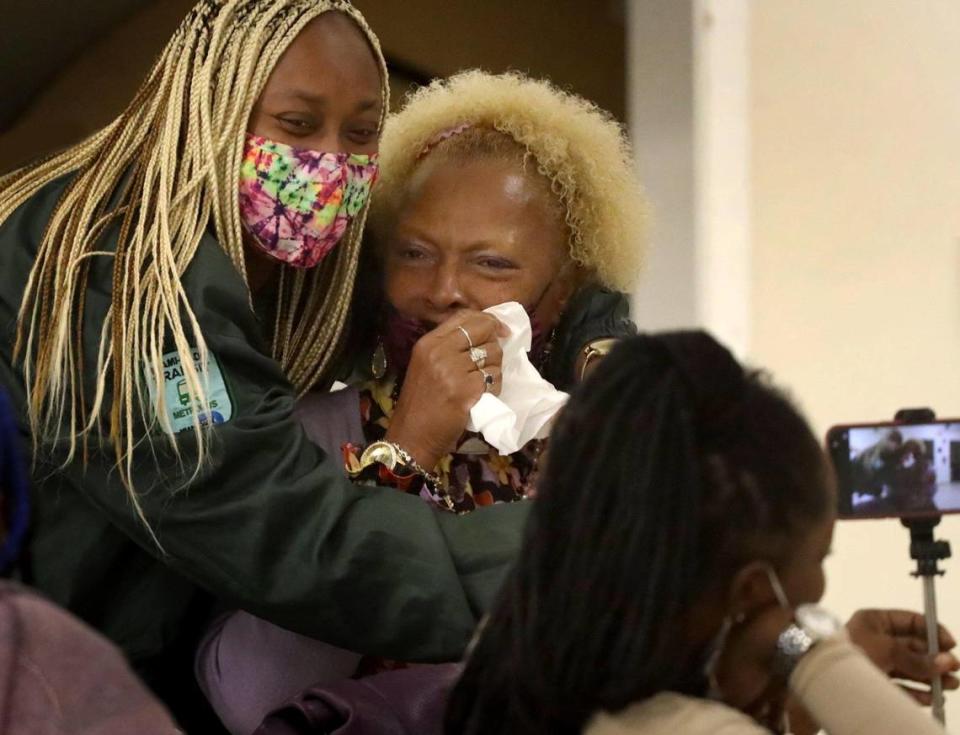
Annie Coleman 14 relocation program:
Back in March, I got the opportunity to attend a graduation ceremony for the first class of the Annie Coleman 14 relocation program. Led by the Circle of Brotherhood, the program intends to assist all Annie Coleman 14 residents displaced by Miami-Dade Public Housing and Community Development’s decision to shutdown the property. The COB program included a two-week crash course on topics including tenants rights and mental health, as well as a year’s worth of on-call assistance from a case worker.
The story presented a unique opportunity to hear riveting stories from some of the graduates. Those that I interviewed spoke very highly of the program. One expert suggested it could be a model for helping those transitioning from public housing to private housing supported by Section 8 vouchers. Ruban Roberts, the immediate past president of the Miami-Dade NAACP chapter and a teacher in the program, described its importance as follows:
“You want to make sure that you give them the tools not just to sustain and survive but to break the cycle of poverty.”
Related Coverage:
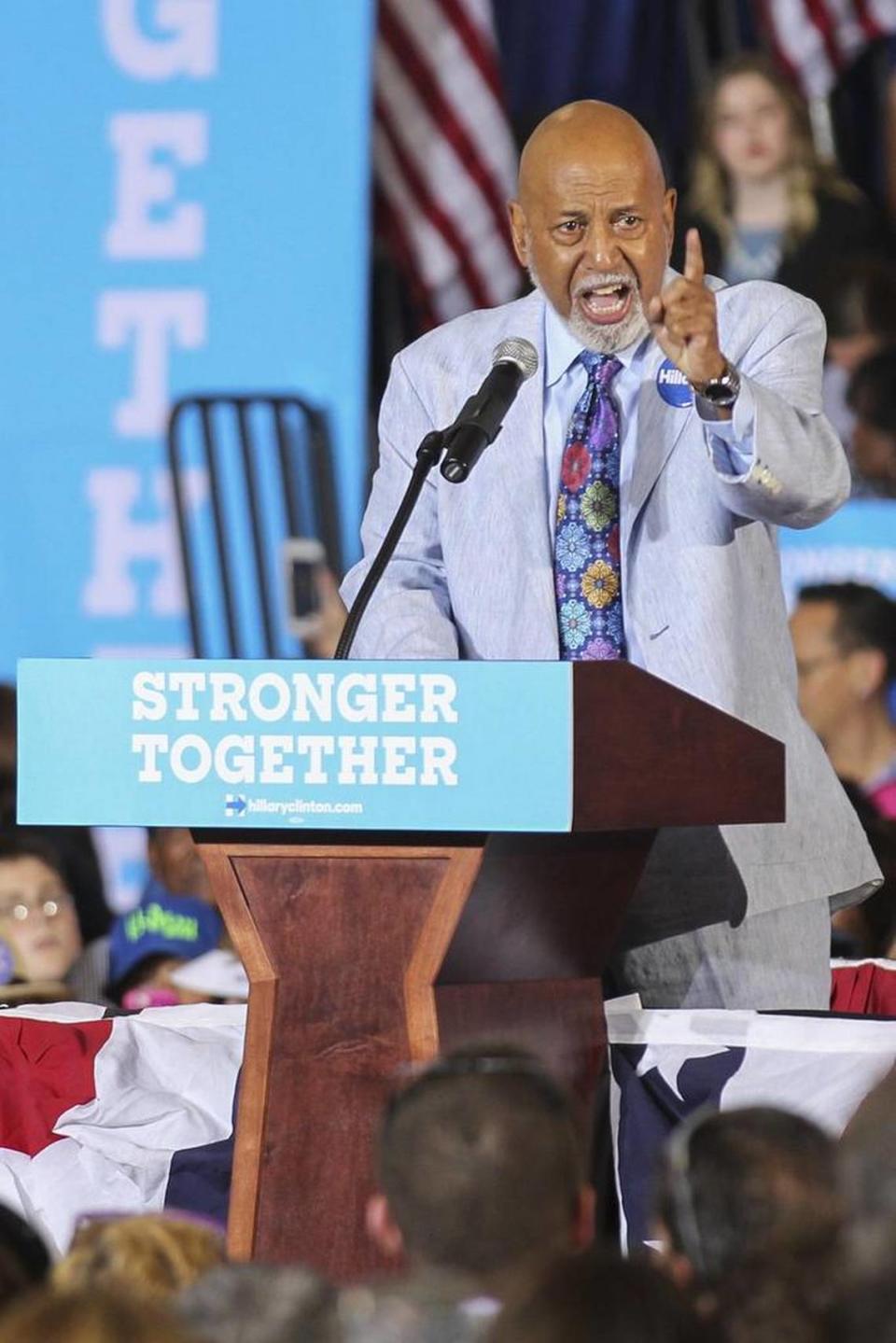
For me, losing a civil rights legend is like losing an aunt or uncle. I felt it with Rep. John Lewis. I felt it with Maya Angelou. And, on Tuesday, I felt it with Alcee Hastings.
Say what you want about his run-ins with the law, but what this man did at the height of the Civil Rights Movement was amazing. Between the sit-ins to suing restaurants that wouldn’t serve Black people, Hastings desegregation work laid the groundwork for me and countless other African Americans to walk into spaces with our heads held high. A special shoutout to Linda Robertson and Alex Daugherty for capturing this in their obit.
If there’s one quote that particularly resonated with me, it’s courtesy of Hastings’ mentee Howard Finkelstein.
“No matter what you think of Alcee’s transgressions, he put his life on the line speaking loudly and righteously for change, and we can thank him for the diverse and progressive Broward we see today.”
Rest easy, Mr. Hastings, and may we all learn from your commitment to equality.
OUTSIDE THE 305

Study finds fear of Whites being replaced motivated Capitol Riots:
BREAKING NEWS: WATER IS STILL WET!
No but for real, this article, based on a study first published in The Washington Post, confirms what many already knew: most of those who participated in the Jan. 6 Capitol riots were motivated by a fear that the country’s changing demographics coincided with white Americans’ diminishing influence.
“You see a common pattern in the Capitol insurrectionists,” Robert Pape, the political scientist who conducted the study, told the New York Times. “They are mainly middle-class to upper-middle-class whites who are worried that, as social changes occur around them, they will see a decline in their status in the future.”
Without giving away too much, one of Pape’s more fascinating discoveries involved counties that had the most significant drops in the non-Hispanic population. Regardless of aspects like unemployment rate or distance to Washington, those places had the highest likelihood of breeding rioters.
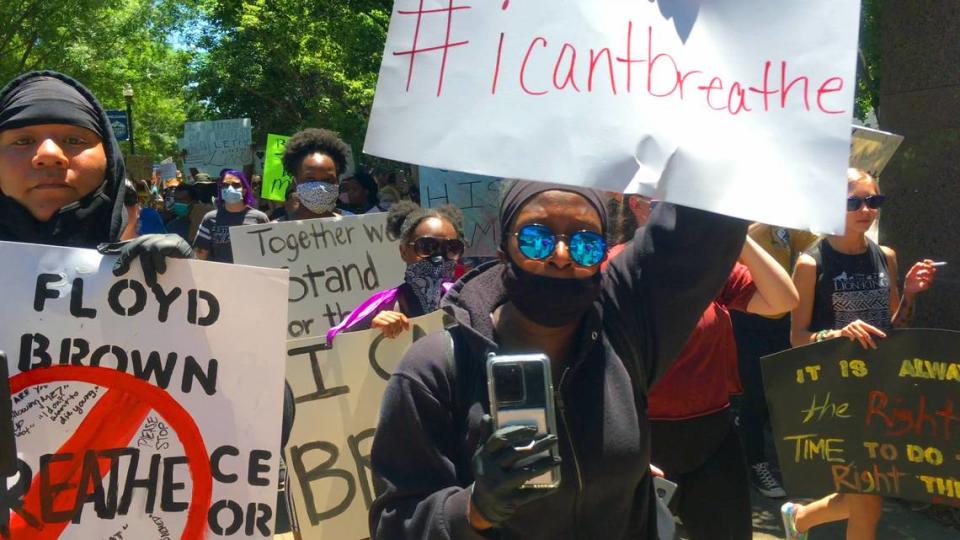
How environmental racism became a national issue:
Friday’s fact of the day: Black people are nearly four times more likely to die from exposure to pollution than white people.
This came courtesy of The Washington Post’s story about how a primarily Black county in North Carolina’s protest of toxic dumping started a national conversation about environmental racism. While I knew a little bit about the topic, this piece really broke down the history and how President Biden’s administration plans to tackle the issue.
Ben Chavis, an early Black environmental activists, made a fascinating point about the phrase “I can’t breathe.” Although thought to have originated in today’s Black Lives Matter movement, the expression actually has roots in anti-dumping protests in the early 80s.
“There were public outcries of ‘We can’t breathe’ and ‘I can’t breathe’ by African American environmental justice protesters in Warren County,” Chavis told The Washington Post.
St. Louis elects first Black woman as mayor:
We celebrate Black excellence here so a special congrats to Tishaura Jones, who won the city of St. Louis’ mayoral race earlier this week. The first Black woman to be elected mayor in St. Louis, Jones previously worked as the city’s treasurer before running as the more progressive candidate. Her platform included policies such as ending cash bail and decriminalizing sex work.
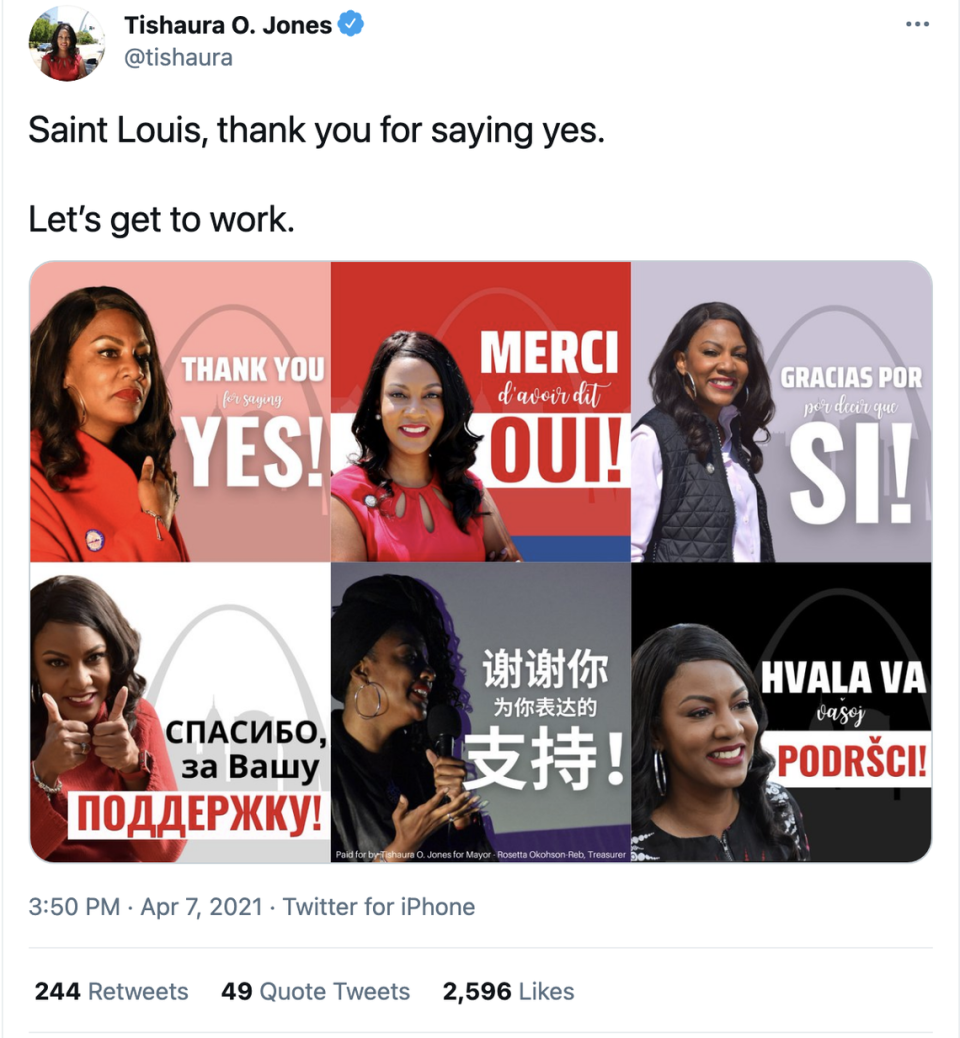
HIGH CULTURE

People of color swept all four film acting categories during last week’s Screen Actors Guild Awards for the first time in the show’s 27-year history. The winners were Daniel Kaluuya (“Judas and The Black Messiah”), the late Chadwick Boseman (“Ma Rainey’s Black Bottom”), Viola Davis (“Ma Rainey’s Black Bottom”), and Youn Yuh-jung (“Minari”).
Diversity has long since been an issue in Hollywood. In recent years, movements like #OscarsSoWhite have called attention to the overwhelmingly white, male voters within the Academy— demographics that seem to have shifted, Vox reported.
But after the Oscars made history with their most recent batch of nominees, maybe this is a sign of Hollywood’s change in attitude. Or maybe it’s just performative. Only time will tell.
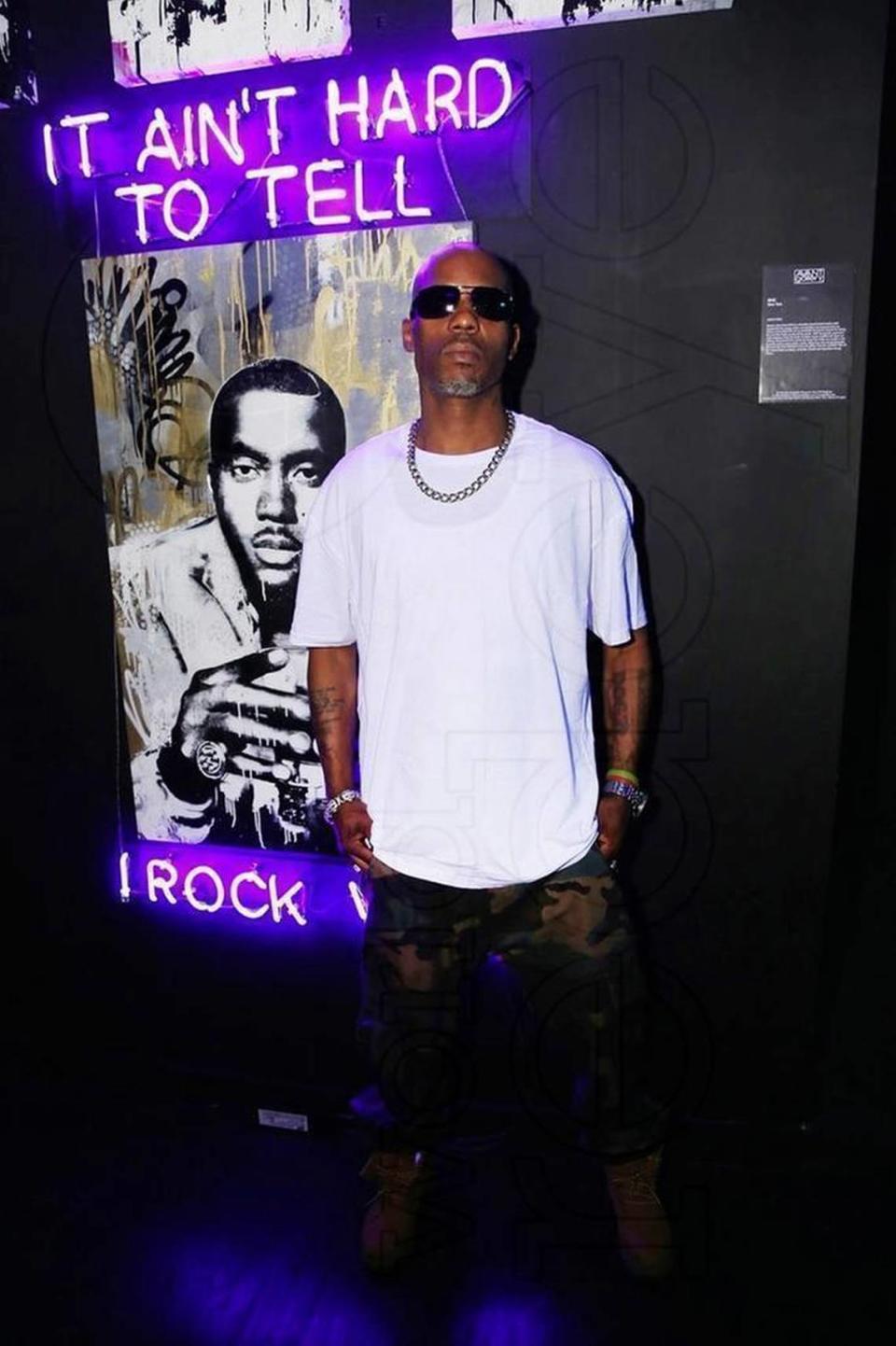
DMX passed away Friday due to a heart attack suffered last week, the rapper’s family said in statement. This one is tough considering he had recently appeared uncharacteristically happy as Level’s David Dennis noted in February.
“He looked like he’d put on weight,” Dennis wrote. “His eyes looked clear. He was… smiling. DMX looked healthy. Outward appearances can betray reality, of course, but seeing this version of X felt cathartic in its own right. If he could find a light, we realized, then anything was possible, even in our darkest collective moment.”
This is a sad, sad day for hip-hop fans old and new. May the legacy of the Ruff Ryders’ frontman live on forever.
Where does the name “The 44 Percent” come from? Click here to find out how Miami history influenced the newsletter’s title.

